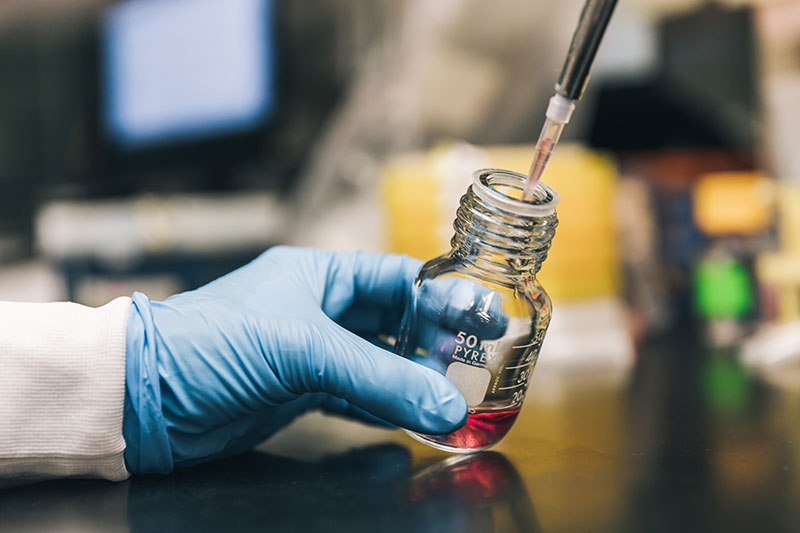For ethylene propylene diethylene propylene rubber, because the molecular chain is saturated, it can generally only be vulcanized with peroxide, and the efficiency of vulcanization is not high. For EPDM rubber, due to the introduction of crosslinking units (unsaturated diolefins), unsaturated bonds are introduced in the side groups, which greatly enhances the crosslinking activity of molecular chains, so that sulfur vulcanization systems, peroxide vulcanization systems, resin vulcanization systems and quinone oxime vulcanization systems can be used. The applicability and characteristics of common EPDM rubber crosslinker systems are listed in the table.

Applicability and characteristics of common crosslinker systems for ethylene propylene rubber | |||
Types of crosslinking systems | Suitable rubber type | merit | shortcoming |
Sulfur-accelerator system and sulfur administered body vulcanization system | Diolefin rubber or rubber containing diolefin crosslinking units, such as NR, SBR, BR, EPDM, IR, etc | The vulcanization speed is fast, the physical and mechanical properties of the vulcanizing adhesive are excellent, and the application is the most common | There are many compounding agents required, large permanent deformation, and poor heat resistance |
Peroxide vulcanization system | Suitable for most elastomers, especially saturated elastomers, such as EPM, PE, etc | Excellent heat resistance and low permanent deformation | Vulcanizing glue may have an odor, slow vulcanization rate, and poor fatigue resistance |
Reactive resin vulcanization system | It is mainly used for IIR and can also be used for EPDM | Good heat resistance and stable modulus | The vulcanization rate is slow, the rubber elongation is low, and the hardness is high |
Quinone-oxime vulcanization system | Suitable for IIR and EPDM | Excellent heat aging resistance | The physical and mechanical properties of the rubber material are poor, the hardness is high, the price |